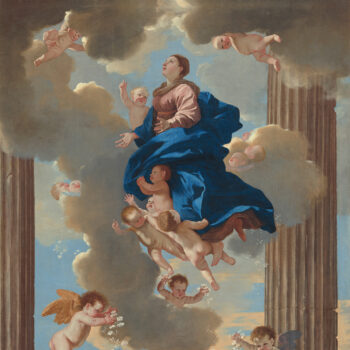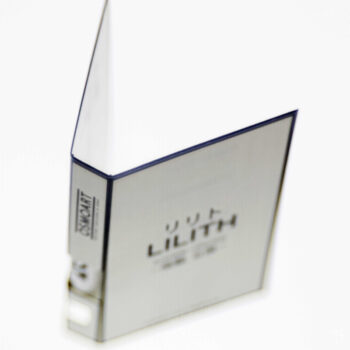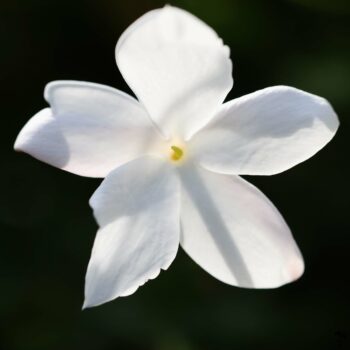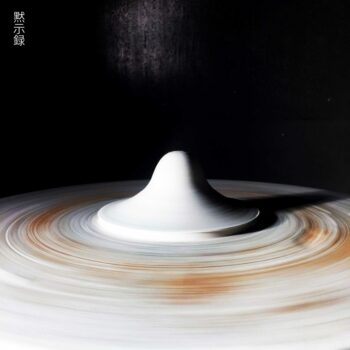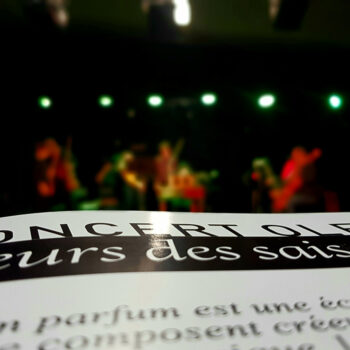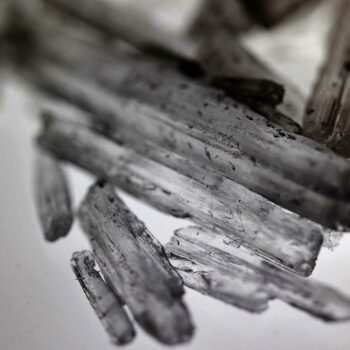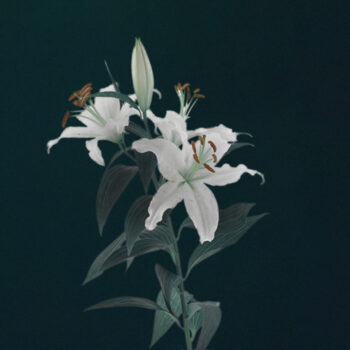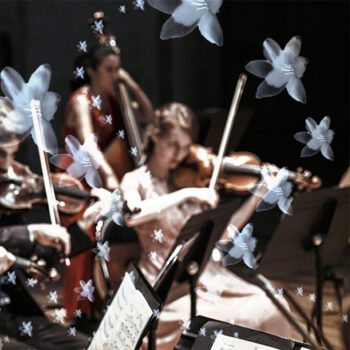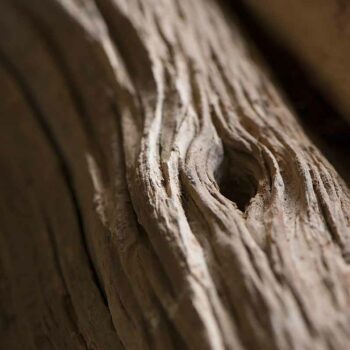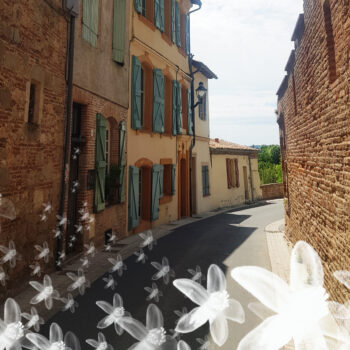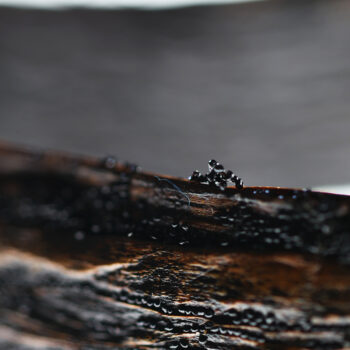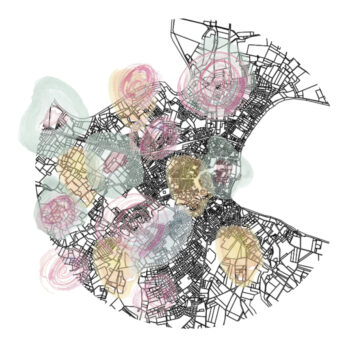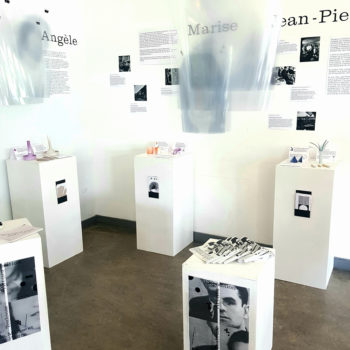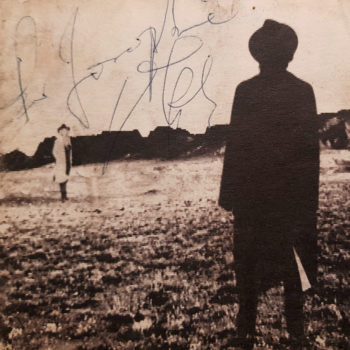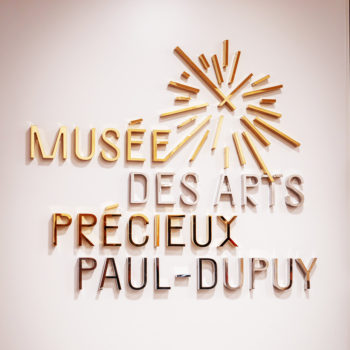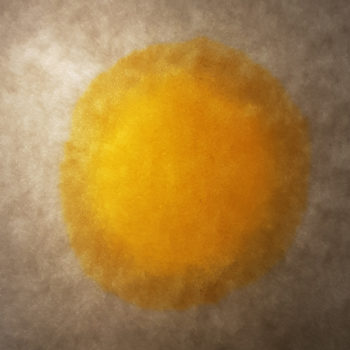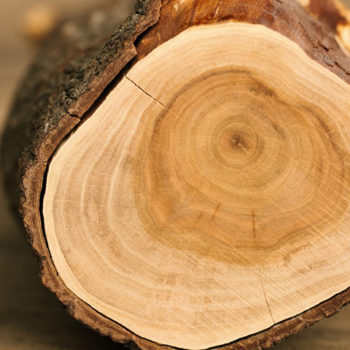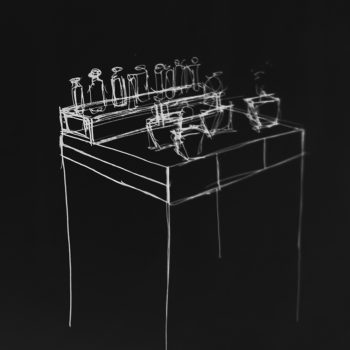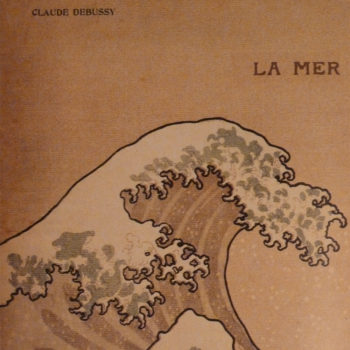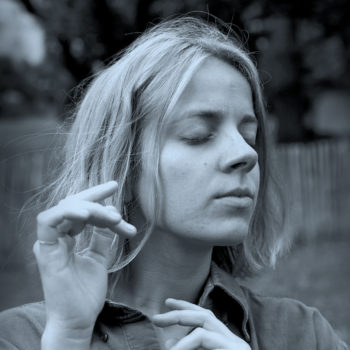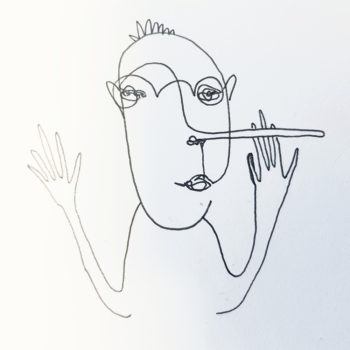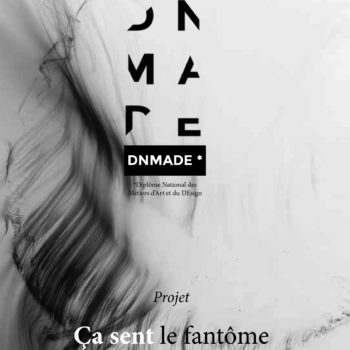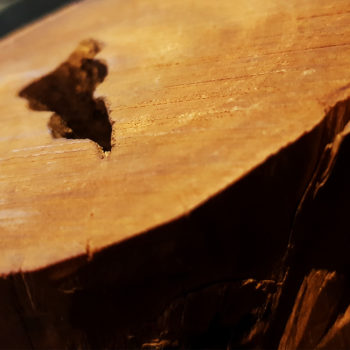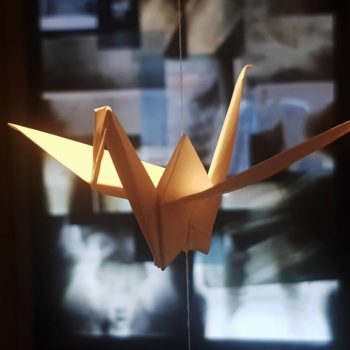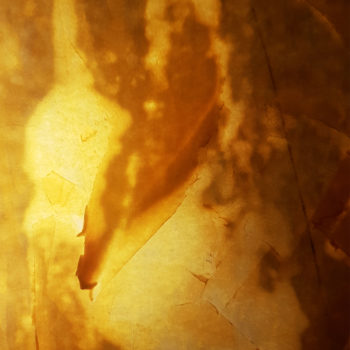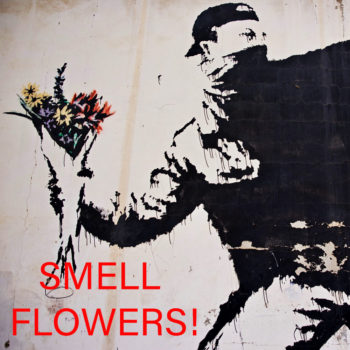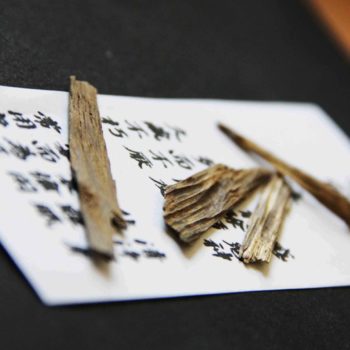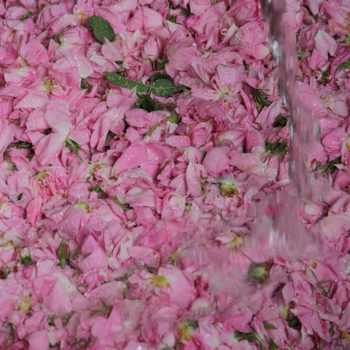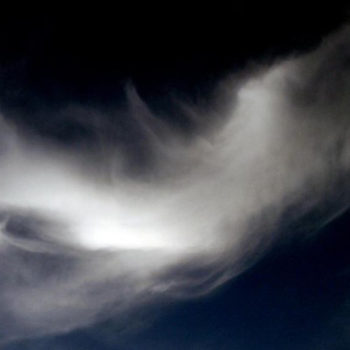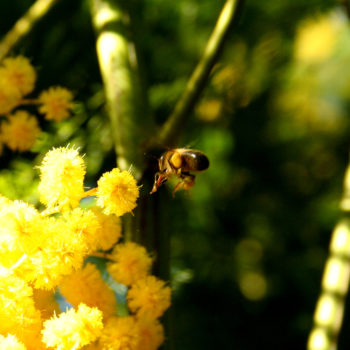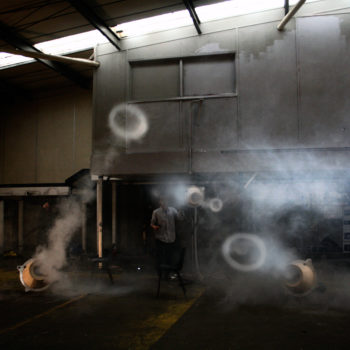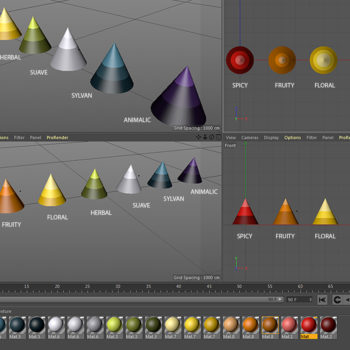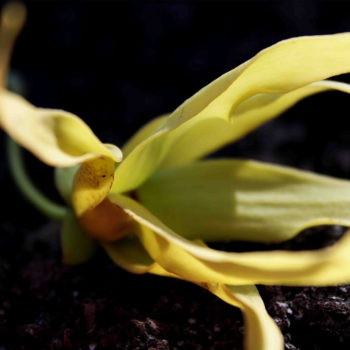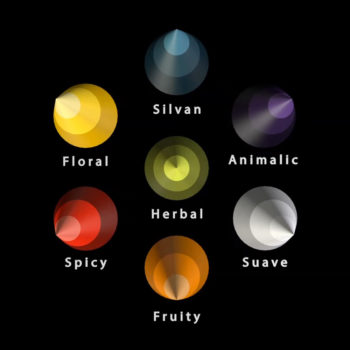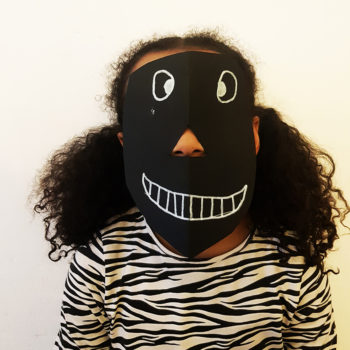PERFUME ORGANS & ORGAN PERFUMES
published on 2021-10-14Olfactory & sound conference
During the 26th Toulouse les Orgues festival, on Sunday October 10, 2021, at the Church of Gesu, we had the opportunity to present an olfactory and sound conference in two voices (organum) with Yves Rechsteiner, emeritus organist and artistic director from the Association.
This perfumed and musical conference
Air design
On this occasion, as a procession, we perfumed the “Rue des Fleurs” which leads to the Church of Gesu and its hall of flowers, with floral and narcotic volutes, a tribute to the bicentenary of the birth (April 9, 1821) of synesthetic poet of “Fleurs du Mal”, Charles Baudelaire who continues to inspire OSMOART.
Perfume the street with flowers
Correspondence
Nature is a temple where living pillars
Sometimes let out confused words;
Man passes through forests of symbols
Which observe him with familiar eyes.
Like long echoes that merge from afar
In a dark and deep unity,
Vast like the night and like the light,
The scents, colors and sounds respond to each other.
There are perfumes as fresh as children’s flesh,
Soft like oboes, green like meadows,
– And others, corrupt, rich and triumphant,
Having the expansion of infinite things,
Like amber, musk, benzoin and frankincense,
Who sing the transports of the mind and the senses.
Olfactory Notes
As soon as the public entered the place and on an organ playing improvised by Yves Rechsteiner, around 80 people attending this Sunday morning received a first touch of a perfumer before sitting down to listen of the conference, of which you will find an excerpt of his conduct here:
“… The blotters are also called agreeably, in the vocabulary of the perfumer, the keys of smell.
The keys are the support and the emitter of the sound for a musician … they are the support and the emitter of the smell for the perfumer.
The perfumer smells is used to evaluate both olfactory materials and his tests.
That first touch was the smell of incense, specifically olibanum essential oil.
This essential oil is a material for the olfactory composer which is extracted by distillation from the resin of Boswellia sacra.
There are many facets to this scent: fiery, citrus, lemon, slightly verbena, terpene, resinous and terpene like pine sap, aldehyde, woody, powdery.
It contains several molecules, several notes, it is poly-osmic as one can speak of instrumental polyphony.
This scent is universal, it is known under the generic name of incense.
Through this gum-resin, the history of perfumery is inscribed.
The origin of the word perfume comes from the Latin form “per fumum”, literally “by the smoke”, following the traditional and ancient uses of fumigations.
This mystical material transcribes its use from the sacred to the profane in the history of perfume, like that of man.
It inspires the nose-creator and pierces human beliefs with its universal scent.
Incense is of all cults, it is of all cultures.
The smell is intimately linked to memory.
This scent reminds me of the memory of odorization during Alain Bashung’s concert at the Bataclan in 2005 of the song “Cantique des Cantiques”, sung with his wife).
She also reminds me of a trip to Djibouti where I was introduced to the Ethiopian coffee ceremony in which incense is burned while it is being prepared on a carpet of green herbs … “


